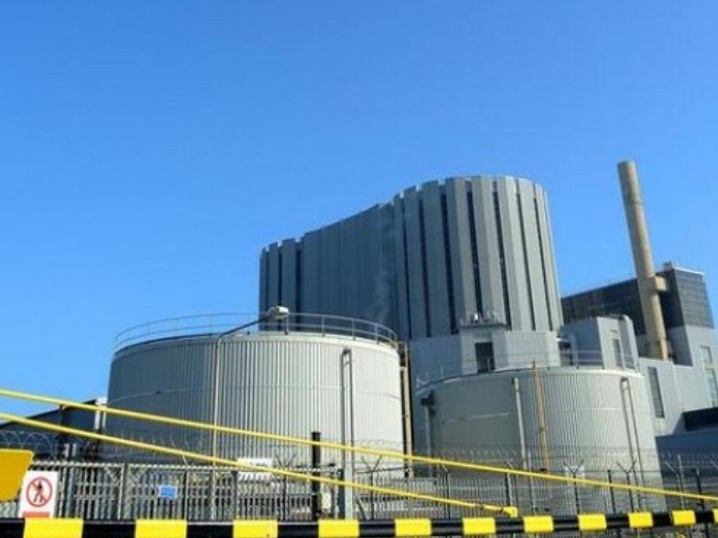According to EDF, the French owners of Dungeness, both reactors are due to be returned to service in December – but it is over two years since they were shut down and the inspection revealed serious problems. The EDF website announced a restart in September, then it was December- as at the beginning of November- the reactors are due to start again at the end of February 2021.
The specific problem with Dungeness is the corrosion in the pipes serving the boilers where the heat from the reactor creates high-pressure steam to drive the turbines to generate electricity.
Construction of Dungeness B started in 1965. It was the first of the new type called advanced gas-cooled reactors (AGR) but, because of problems during the construction, it took 18 years before it began generating in 1983. The lifetime of the reactors was originally designed to be 25 years. Now, after two extensions, they will be 45 years old by the time they close in 2028.
Dungeness is one of seven sites in the UK owned by EDF. Apart from Sizewell B in Suffolk the reactors are all AGRs and use CO2 to extract the heat from the reactor core. They were all due to be switched off between 2008 and 2023. Like Dungeness, they have had their lives extended for between seven and 20 years.
Corrosion and cracking
As well as corrosion in the boilers, the main problem with some of the AGR fleet (not Dungeness B) has been the cracking in the graphite blocks in the core of the reactor. A lot of work has been done to demonstrate that this deterioration is not a safety issue.
Dungeness A was the original Magnox reactor and was closed down in 2006 and the site is hoped to be declared safe by the end of this century. There is some land that was earmarked for a third reactor, Dungeness C, but the government has ruled out building any new nuclear facility on this site.
As these old reactors close down the amount of electricity from nuclear going into the National Grid has steadily reduced. It is currently less than 20%. The future of the nuclear industry and EDF depends on the new reactors being built with the Chinese at Hinkley Point in Somerset These are water-cooled reactors and could eventually replace the old AGR.
The waste problem
A major problem for the nuclear industry is the storage of nuclear waste. The main temporary storage for high-level waste is in Sellafield in Cumbria but there are several other temporary storage sites. This is not a very satisfactory situation and the government is hoping to construct a deep underground permanent storage facility.
The current annual cost to the taxpayer for cleaning up nuclear power stations and storing the waste is currently over £3 billion a year (slightly more than the cost of all agricultural subsidies). As you may detect from the tone of this story I am not in favour of building any more nuclear power. Many would disagree with this and there is a debate to be had – but another time perhaps.
Image Credits: EDF Stakeholder Newsletter .




This is a very interesting article. If nuclear power stations produce some 20% of the electricity generated in the UK what is the source for producing the other 80%.
A lot of Natural Gas (about 40%) but on average wind is about 20%. Biomass which is controversially generated out of wood chip at the former Coal-fired Drax power station is a significant 12%. Solar over the year averages about 5% but can be as much as 25% in summer.
For “real-time” figures of the actual generation go to https://www.gridwatch.templar.co.uk/
This morning (30th Oct) Nuclear is 19% and WInd 29%.